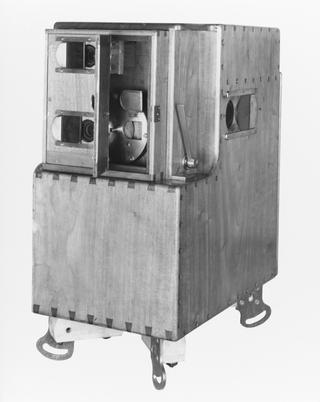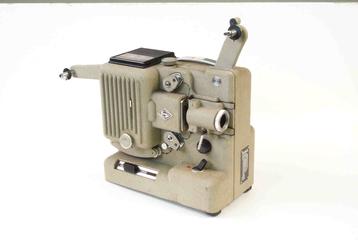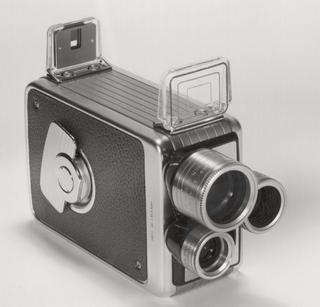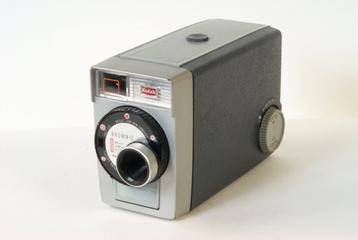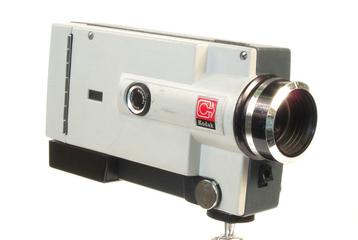
Debrie Parvo cine camera
- Made:
- circa 1918 in Paris
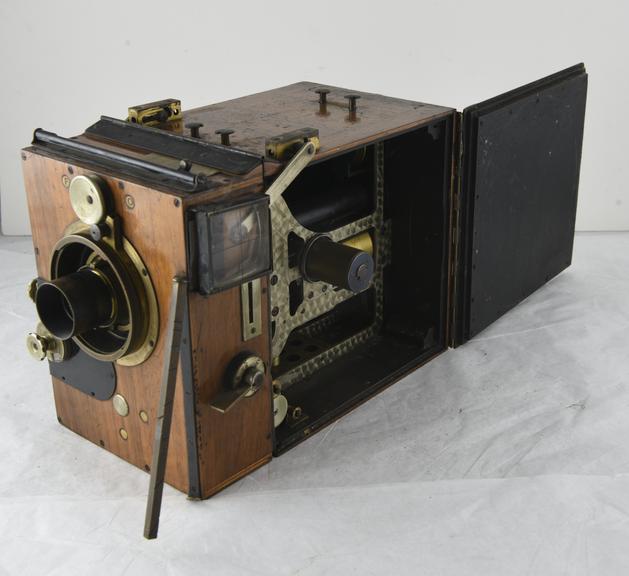
Debrie Parvo cine camera with double perforated 35mm film witha loading capacity of 300 ft. Drive by means of a hand crank. Speed of 16 frames per second. Footage counter fitted. WIth a optical direct vision viewfinder mounted on the side. The lens was added later. Made of mahogany with brass fittings.
The Debrie Parvo was developed by Joseph Jules Debrie, built by his son Andre Debrie and was a relatively compact camera for the time. The internal magazines were held side by side, with the film fed from the magazine through the gate to a take up magazine through two skewed loops. The Parvo held approximately 400 feet of film inside without the need for an external film magazine, allowing for nearly 6 minutes of film at the standard 16 frames per second silent film rate. It allowed the camera operator to focus the camera lens but had a side optical viewfinder to be used during filming. It was hand-cranked and from 1922 onwards was produced with a metal body.
Details
- Category:
- Cinematography
- Collection:
- Arthur Frank Collection
- Object Number:
- 1979-559/2508
- Materials:
- glass, mahogany (wood) and brass (copper, zinc alloy)
- Measurements:
-
overall: 196 mm x 168 mm x 312 mm,
- type:
- cine camera
- credit:
- The Arthur Frank Collection
